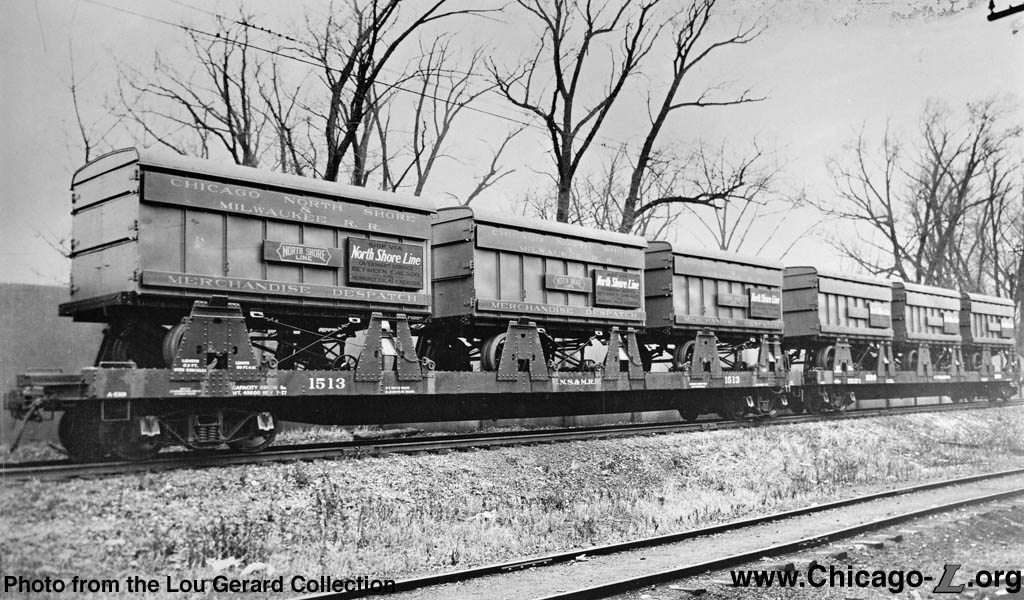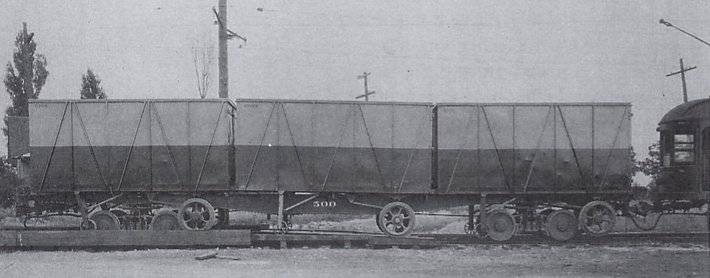There was no conspiracy that specifically led to the demise of streetcars unless you consider the onset of the private automobile technology was designed to be aimed specifically at streetcars which, of course, it wasn't. It's cyclical transition by technology depending on whether you call it progress or not whether you look at the PRR electrification of the corridor backed by federal funds or the onset of state backed paving projects that doomed the interurbans.
What really doomed most interurbans was firstly, the Depression and secondly, was the fatal blow that the Supreme Court delivered that ruled that the generation of consumer electricity had to be separated from rail in any financial arrangement. The irony of this was at the same time, the electrification of rural U.S was in a boom period. The right of way for interurbans more often than not carried powerlines to consumers in scattered communities. One subsidised the other. Back in the day some called this monopolistic. I call it efficient. One company owned both services. What most folks don't realise is that the interurbans and local streetcar services were one company. Taking Indiana for example, The Interstate Public Service, the later Indiana RR and the Northern Indiana RR all supplied local streetcar services. There are many, many other examples.
What is now called light rail was originally termed over in Europe "the limited tramway concept", meaning that streetcars were to be separated as much as possible from automobile traffic along with a coordinated design intended to blend both, which did not largely exist back in the day. Also, what was once rural in lacking a profitable passenger traffic base was in competition with private autos and jitneys, buses etc and now decades later what was rural is now urban
I suspect that natural gas will fuel the railroads and power plants sooner than later, in advance of automotive technology once the oil shale boom will eventually be used up. We have about 100 years of natural gas. Its all economics and the cost of fueling everything. The trend usually is that the ball starts rolling slowly then the economies of scale kick in.





